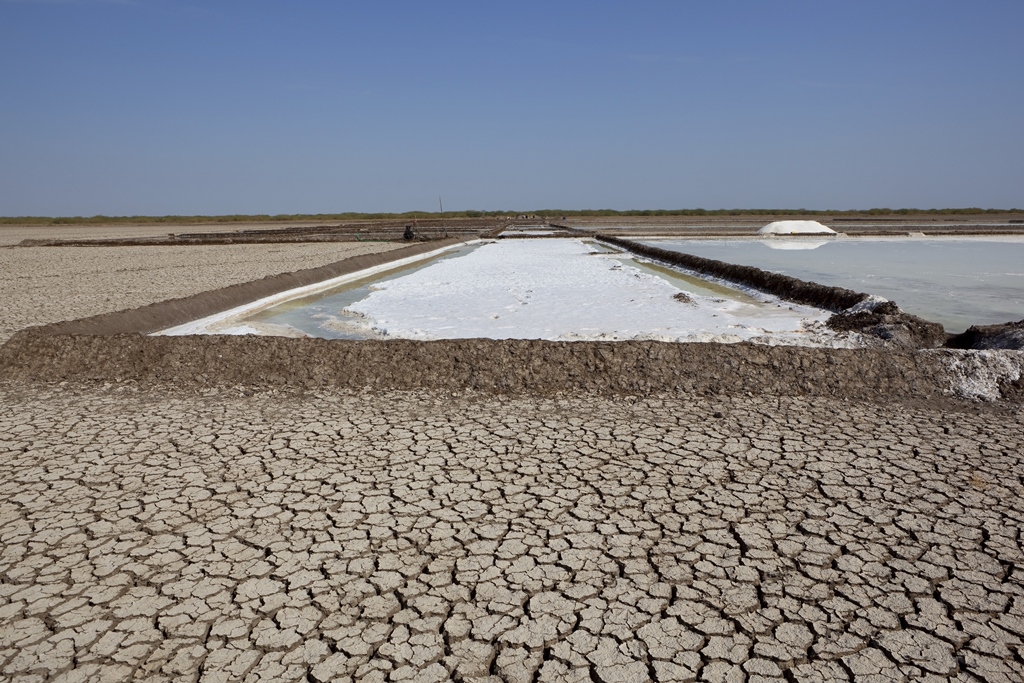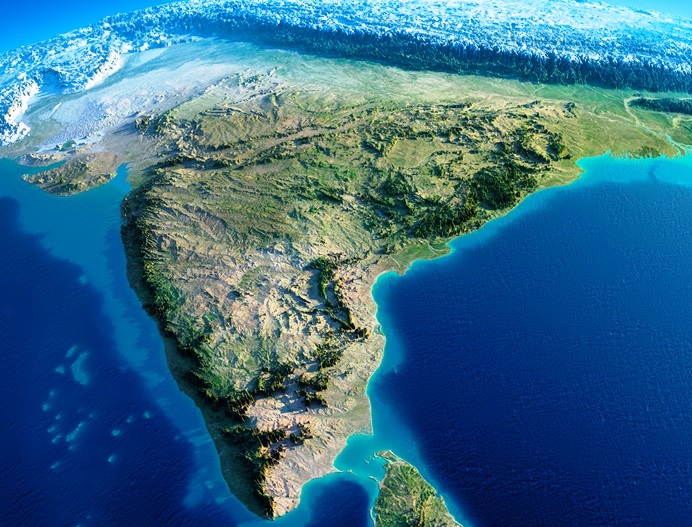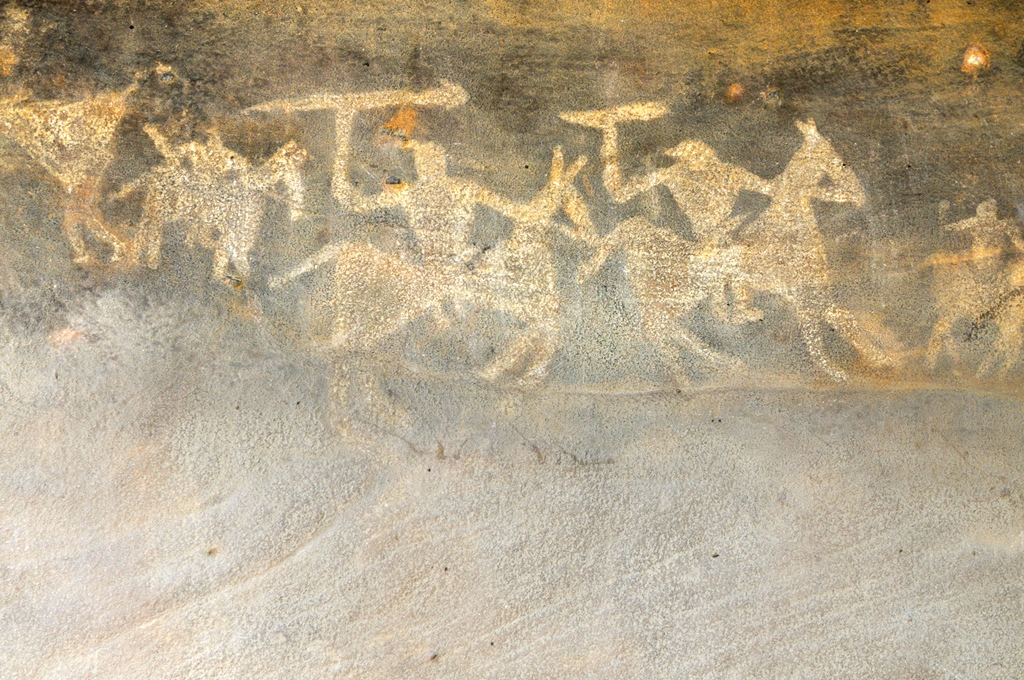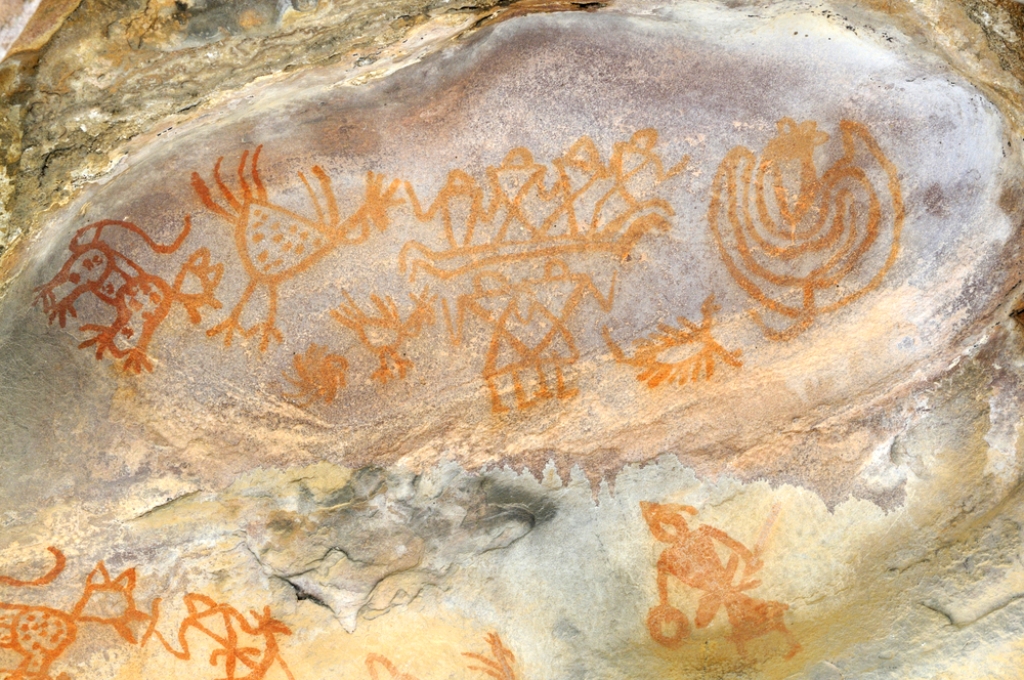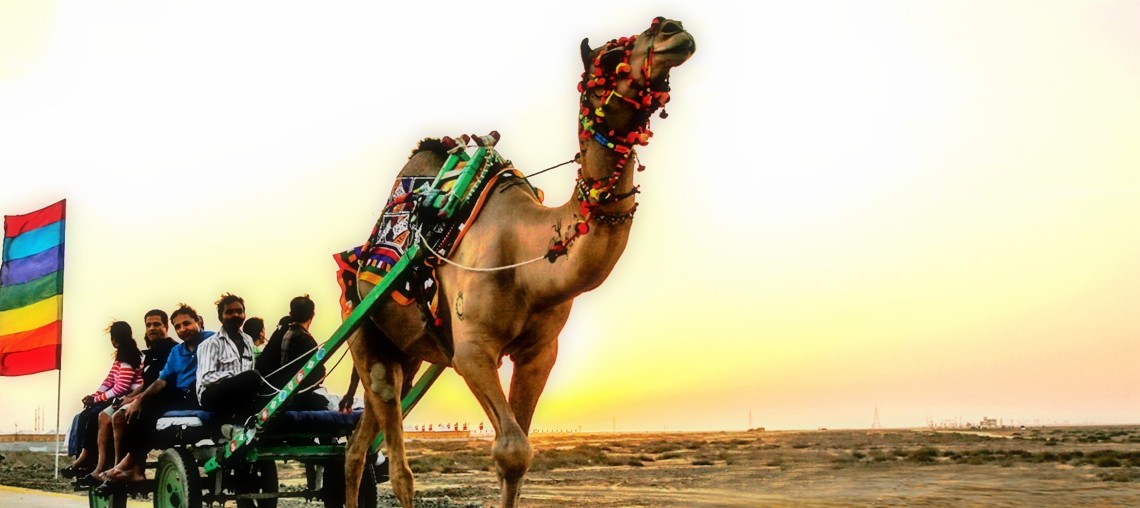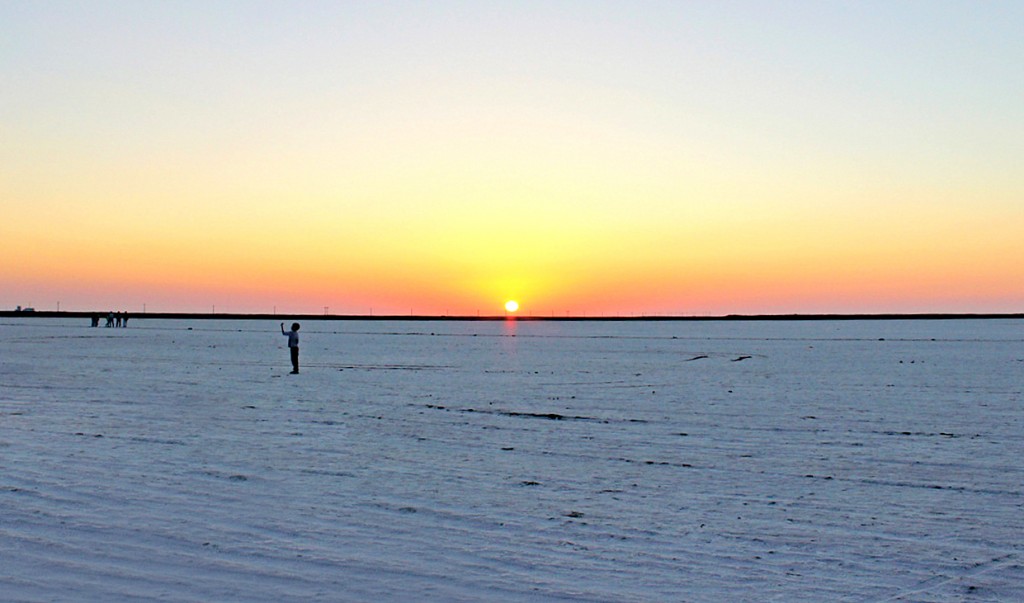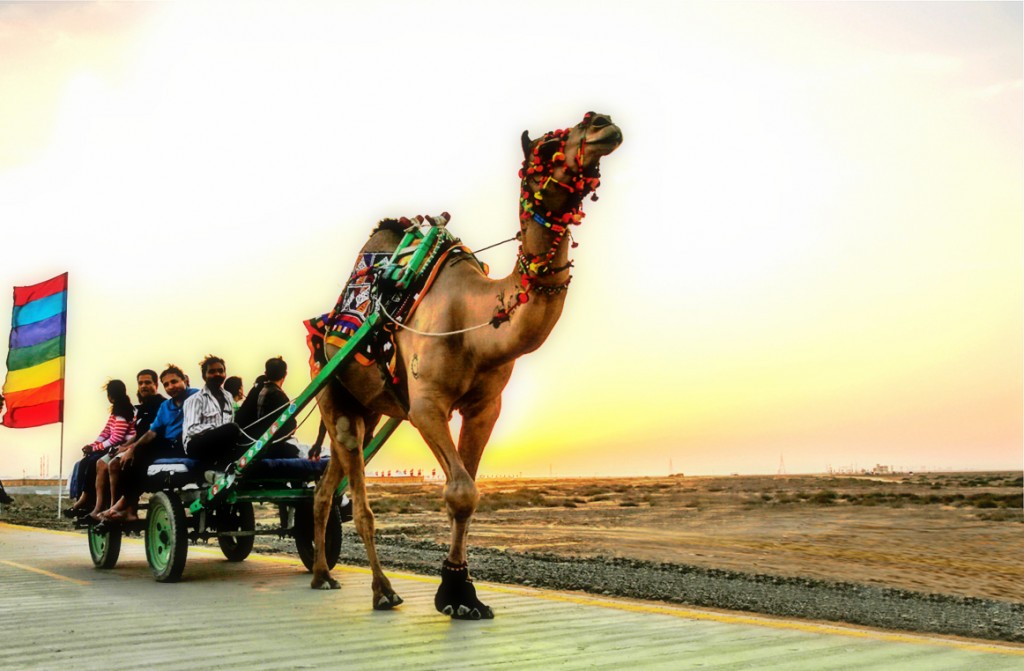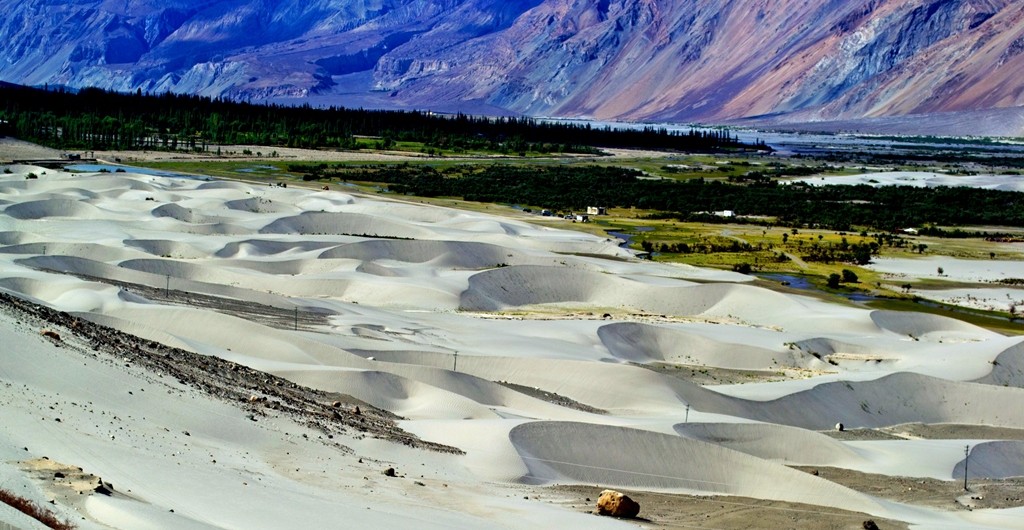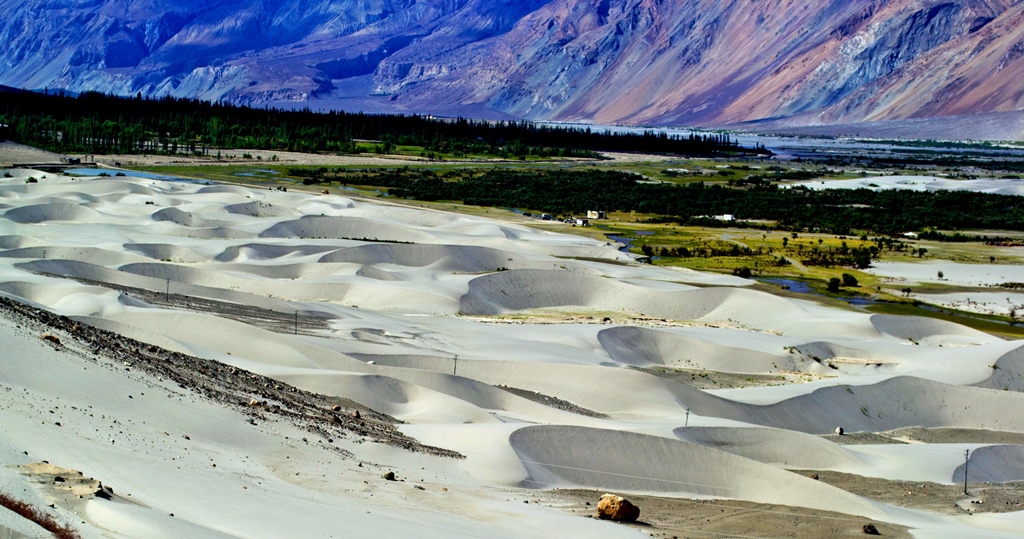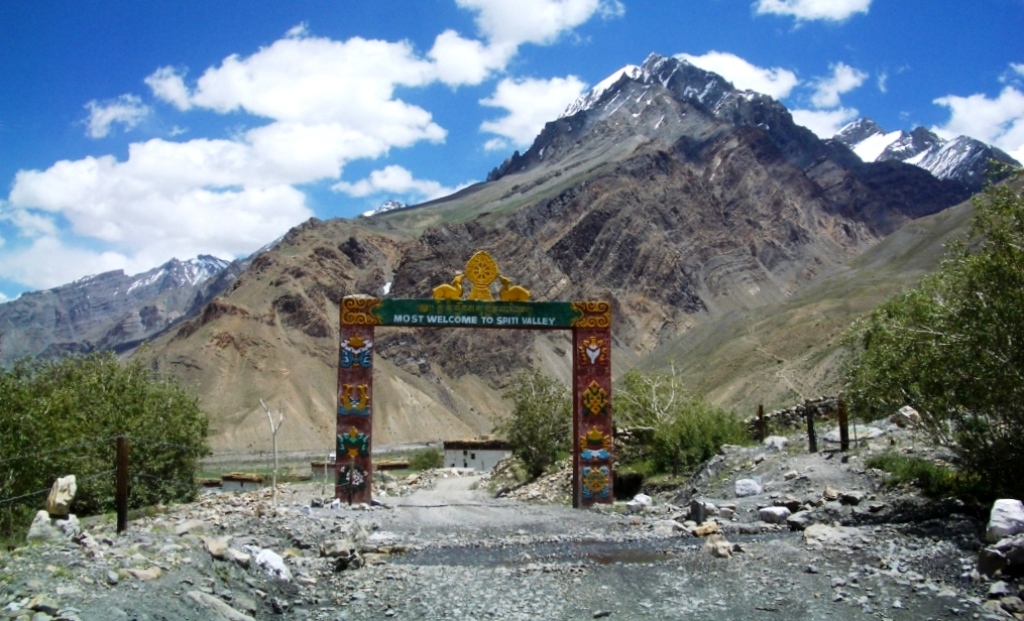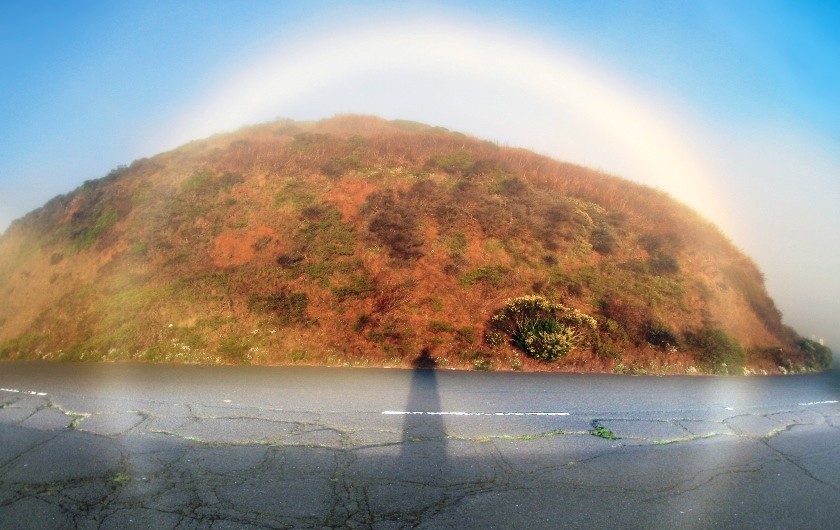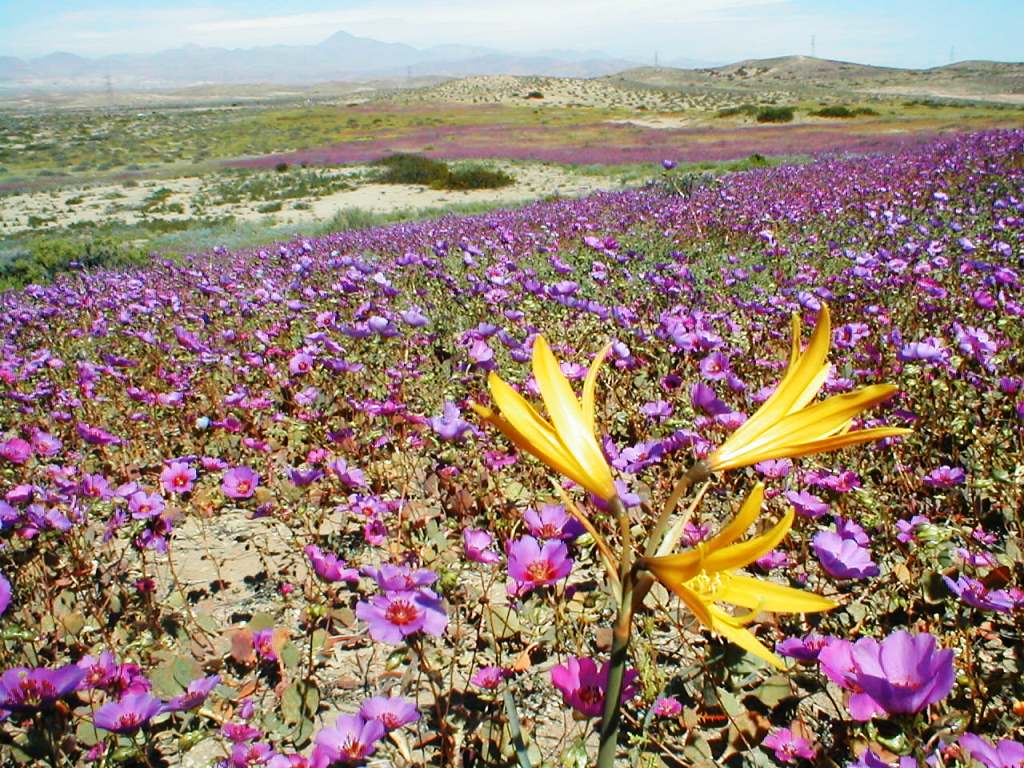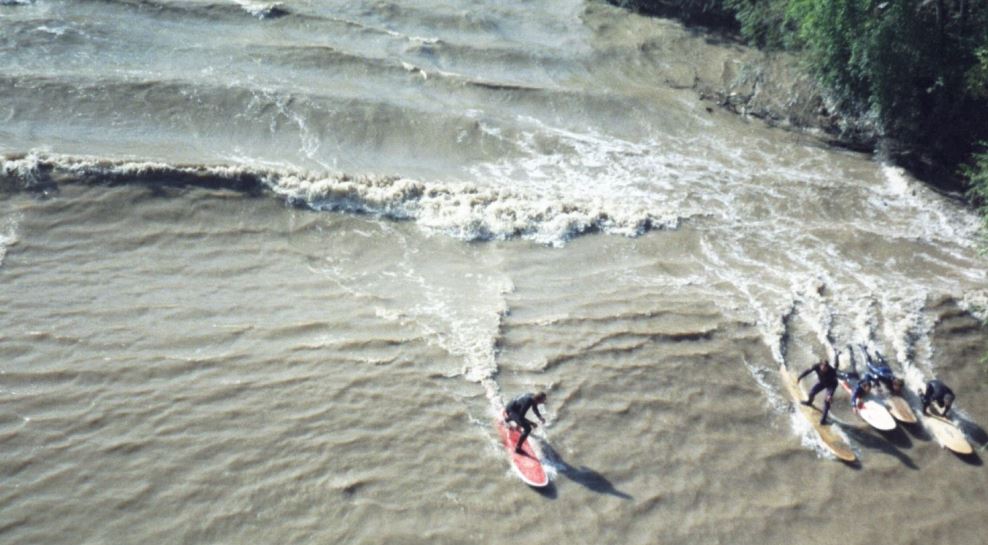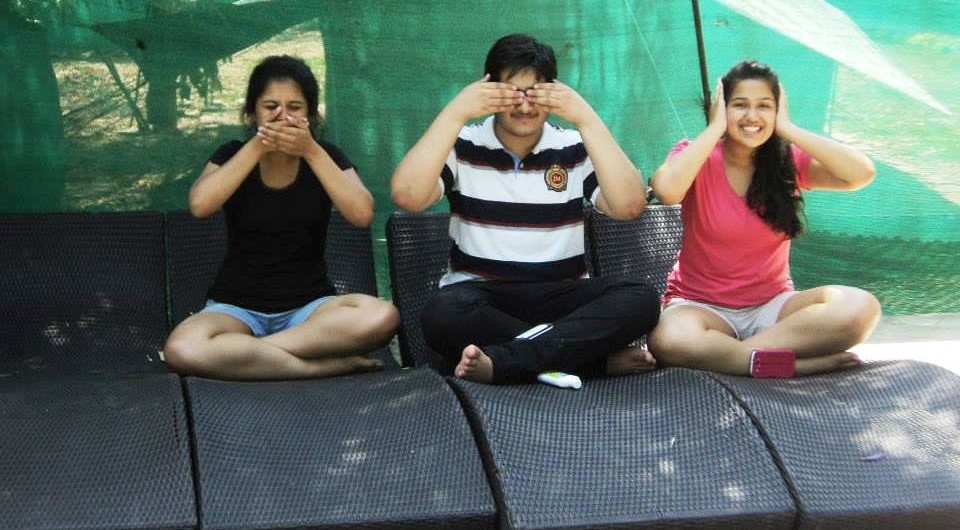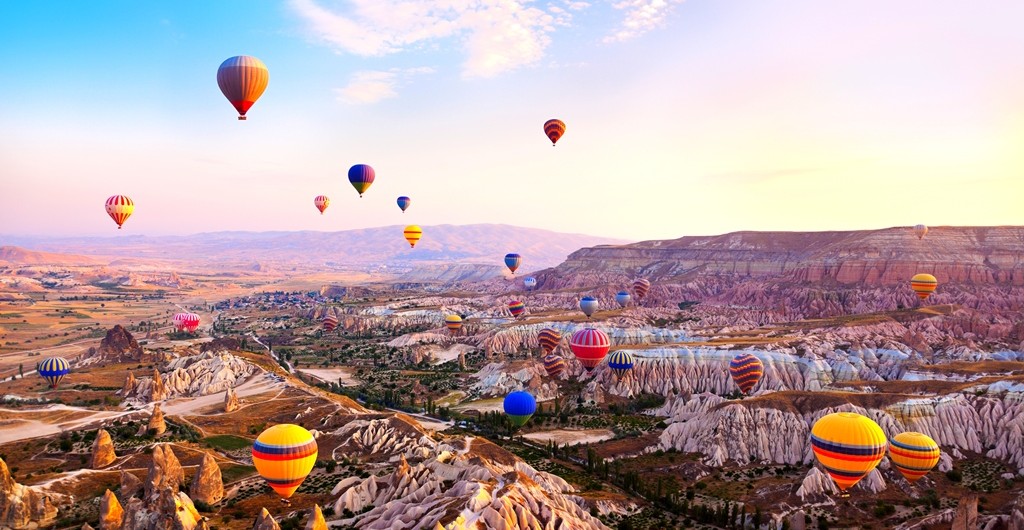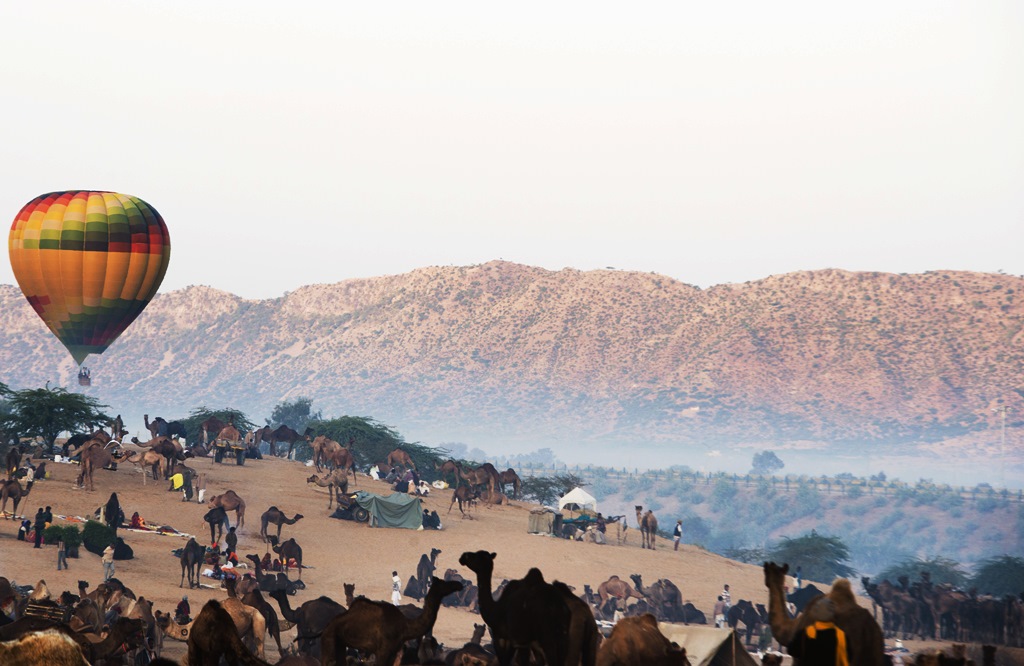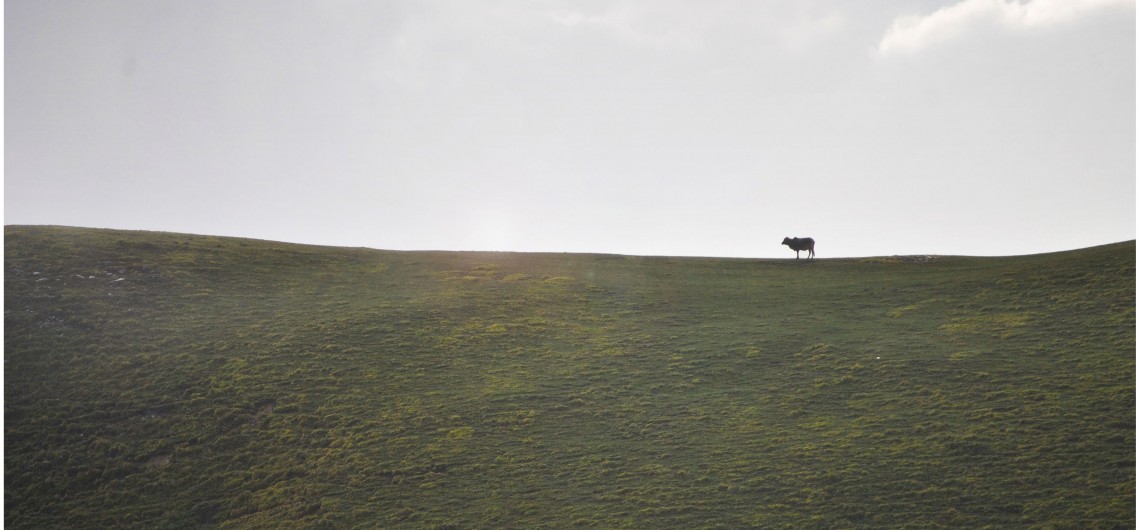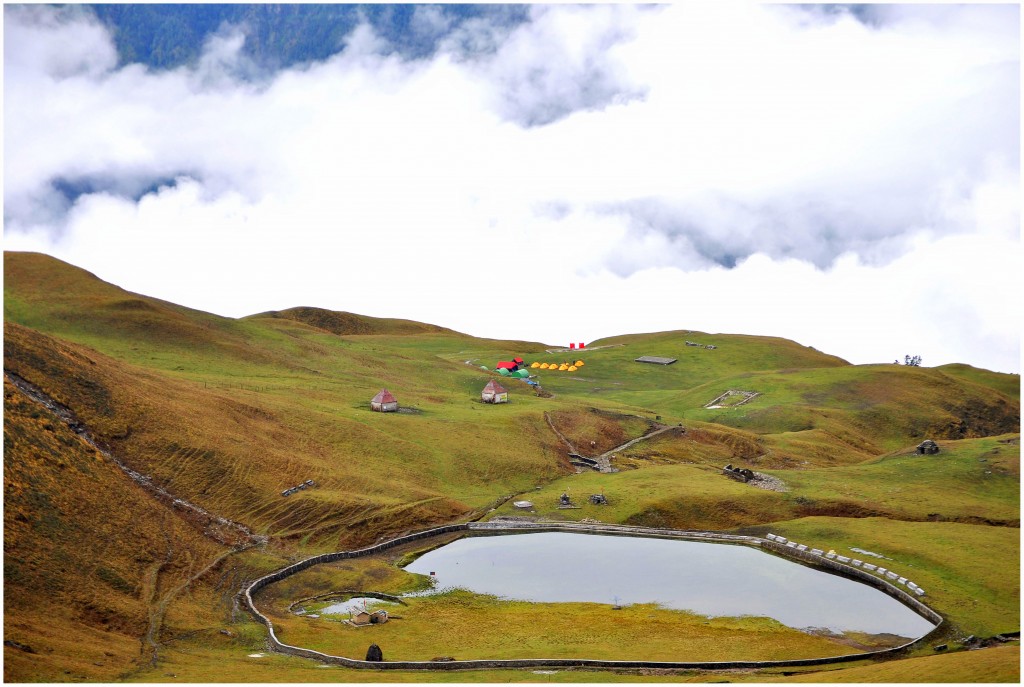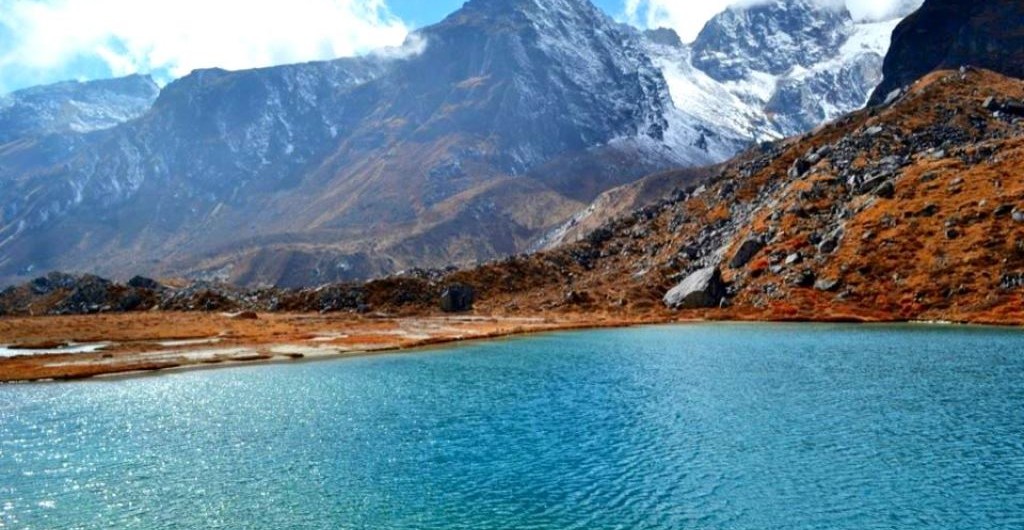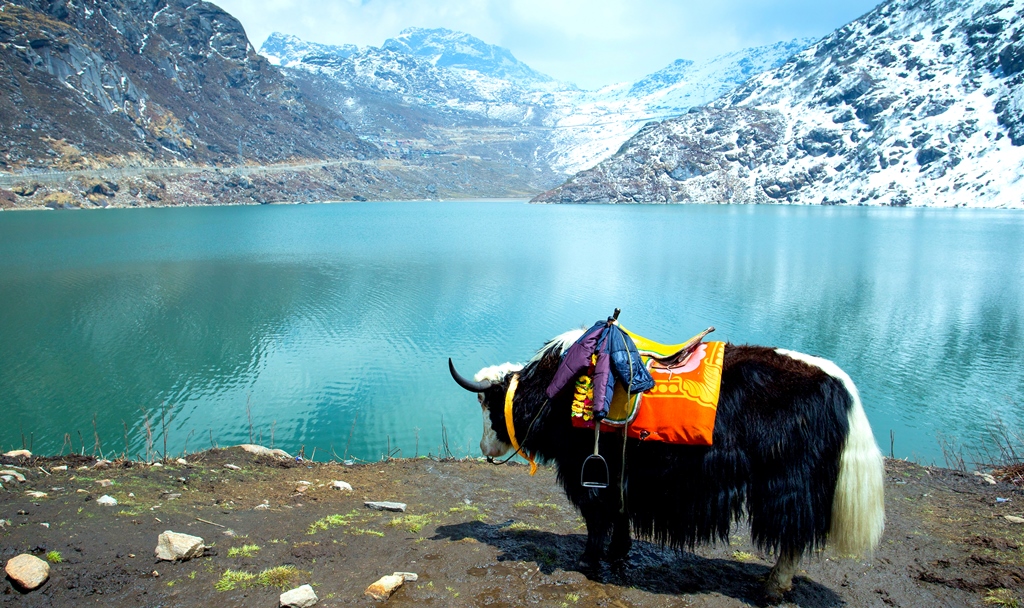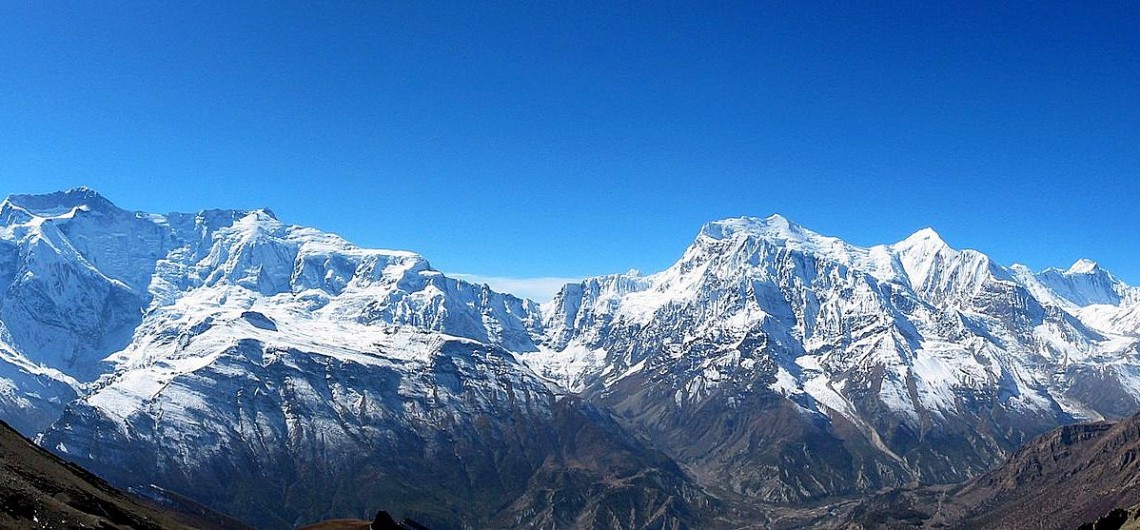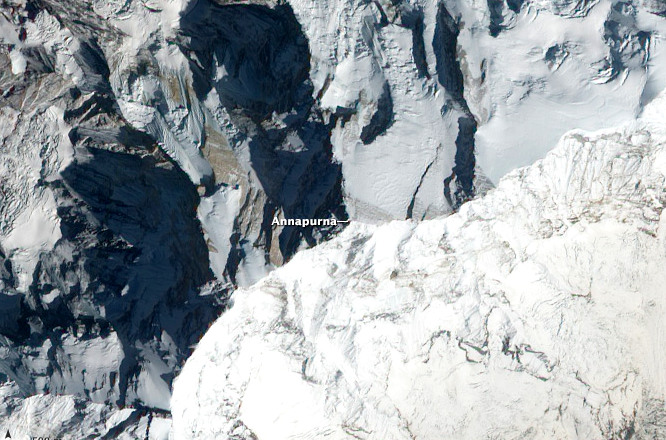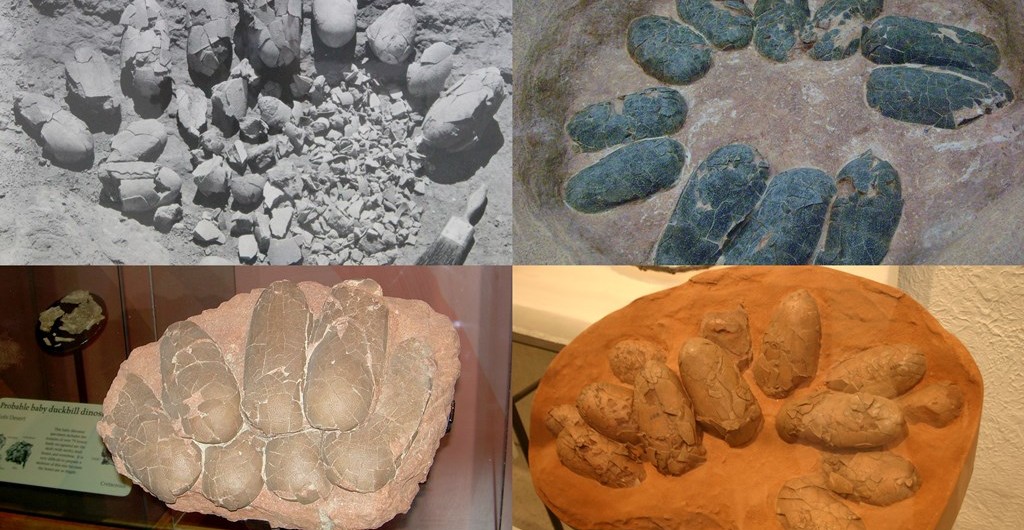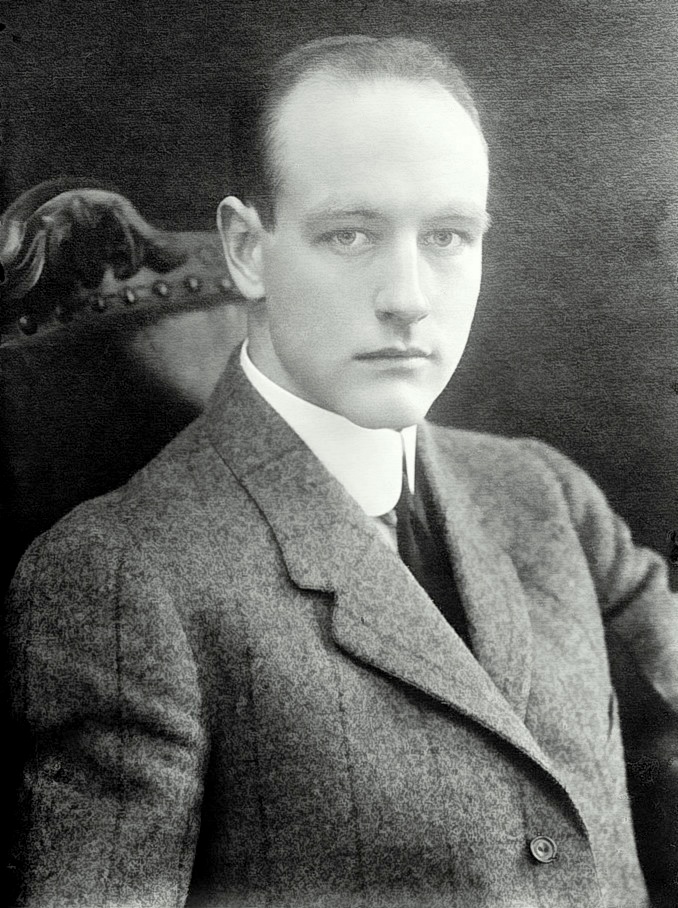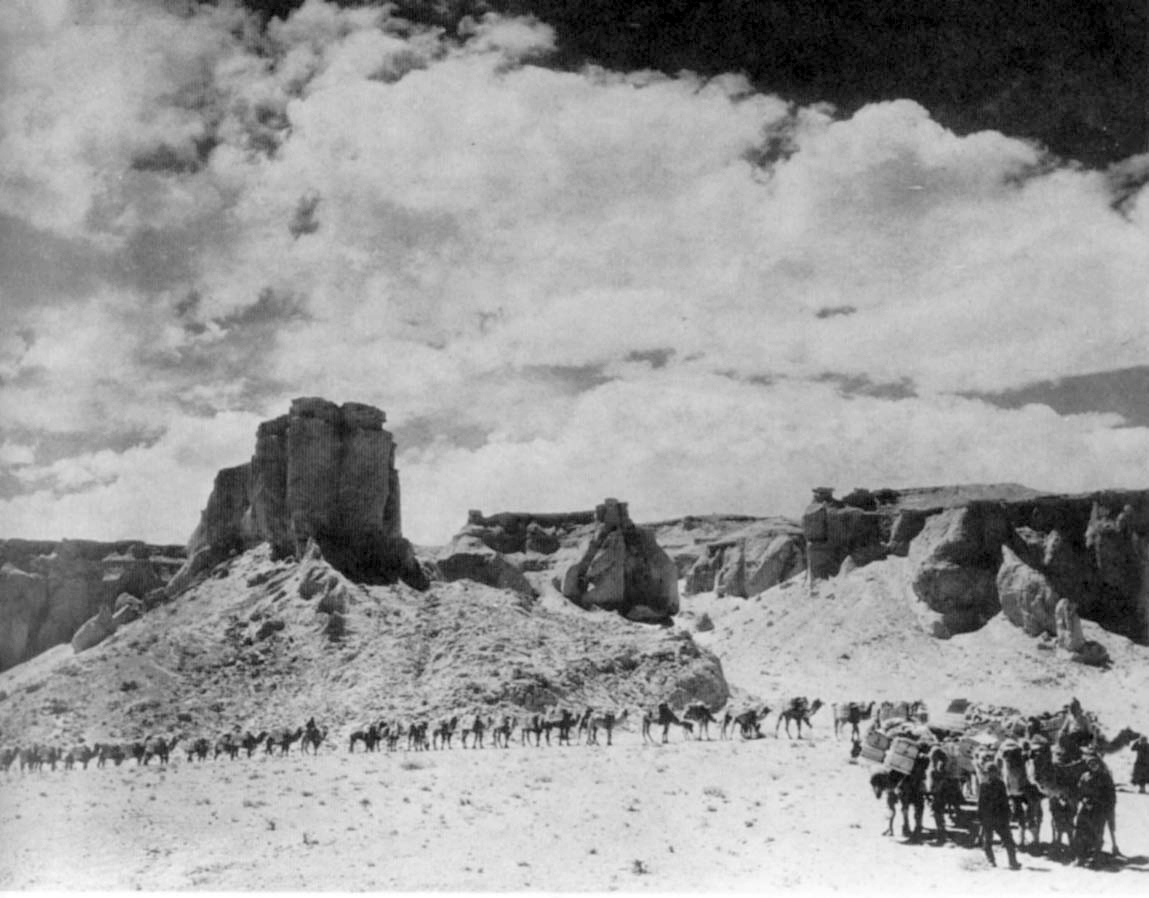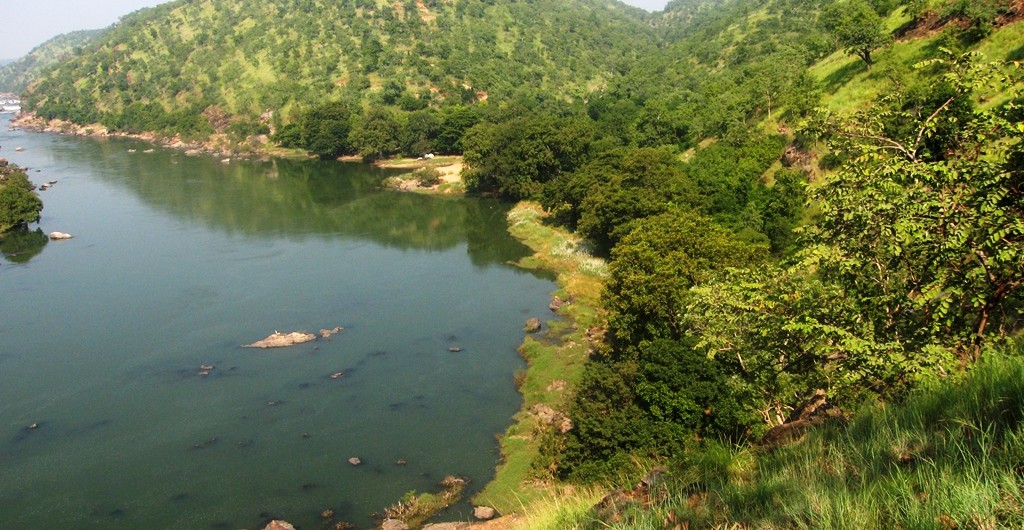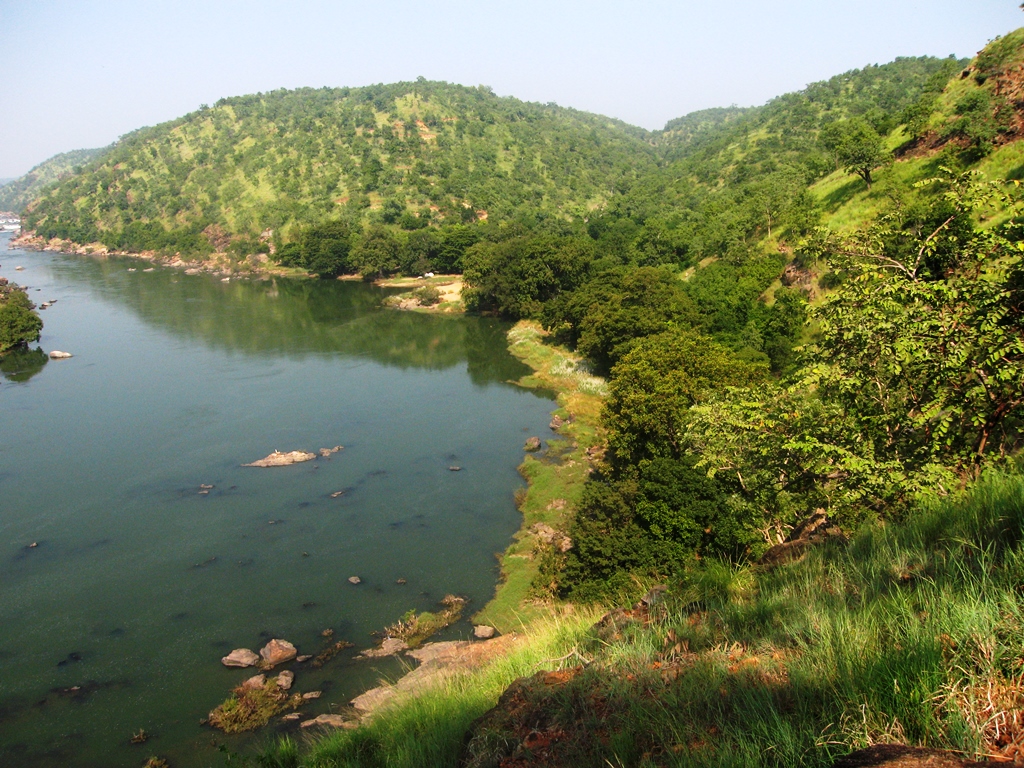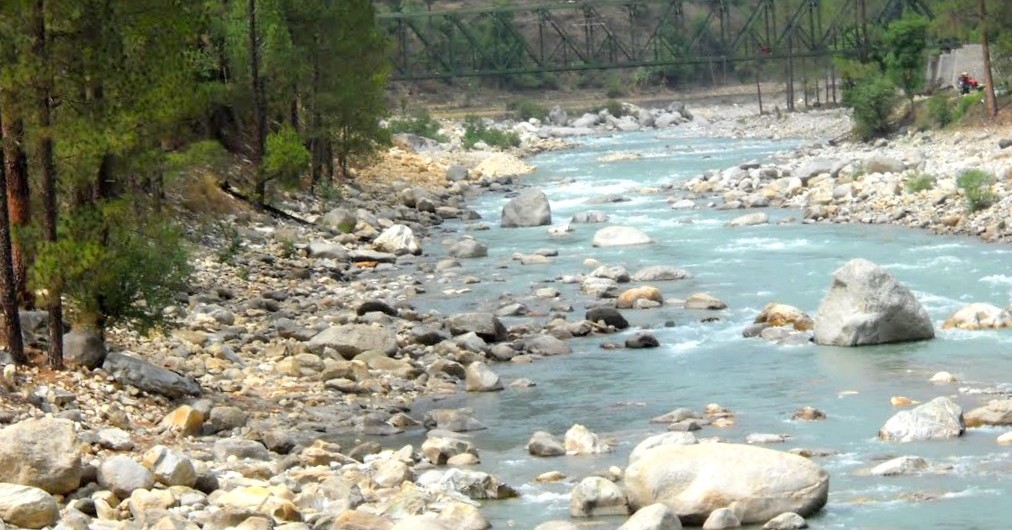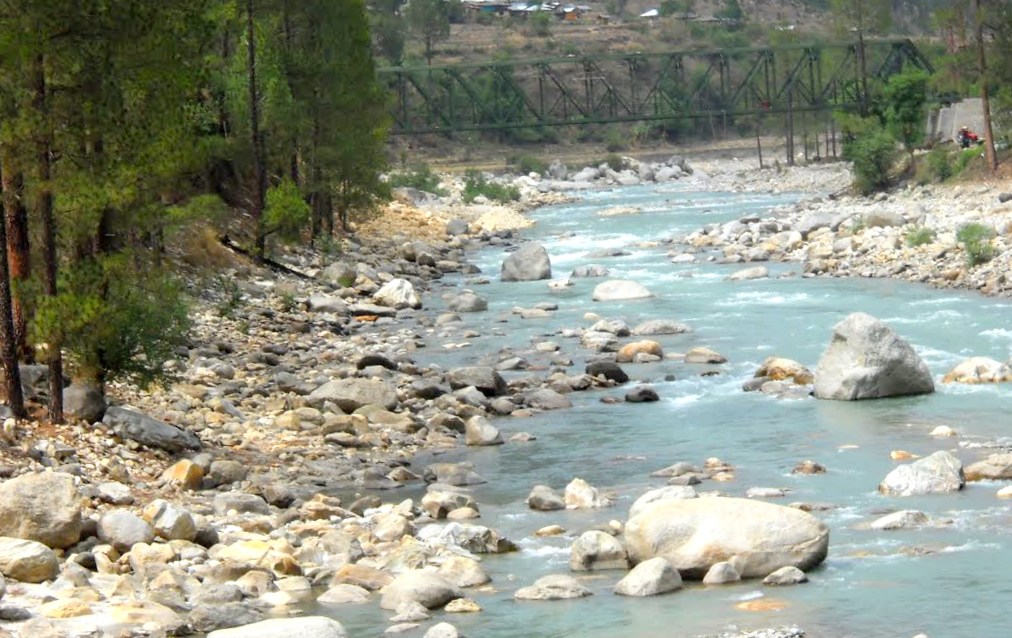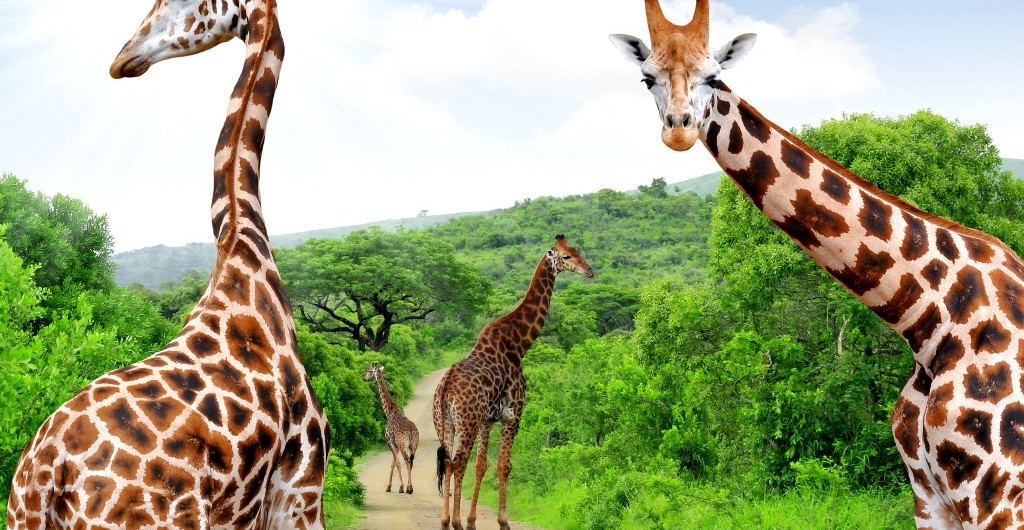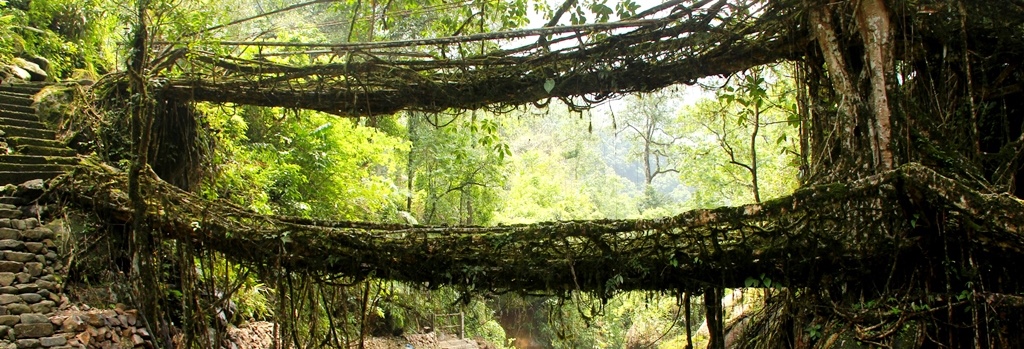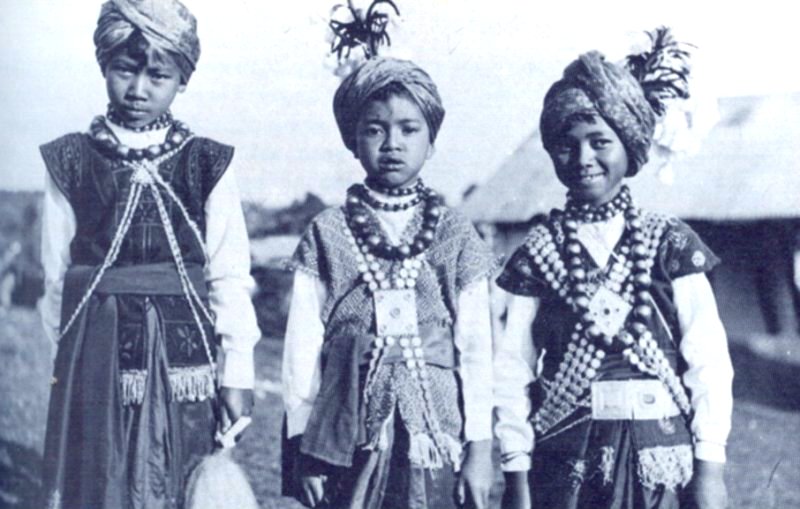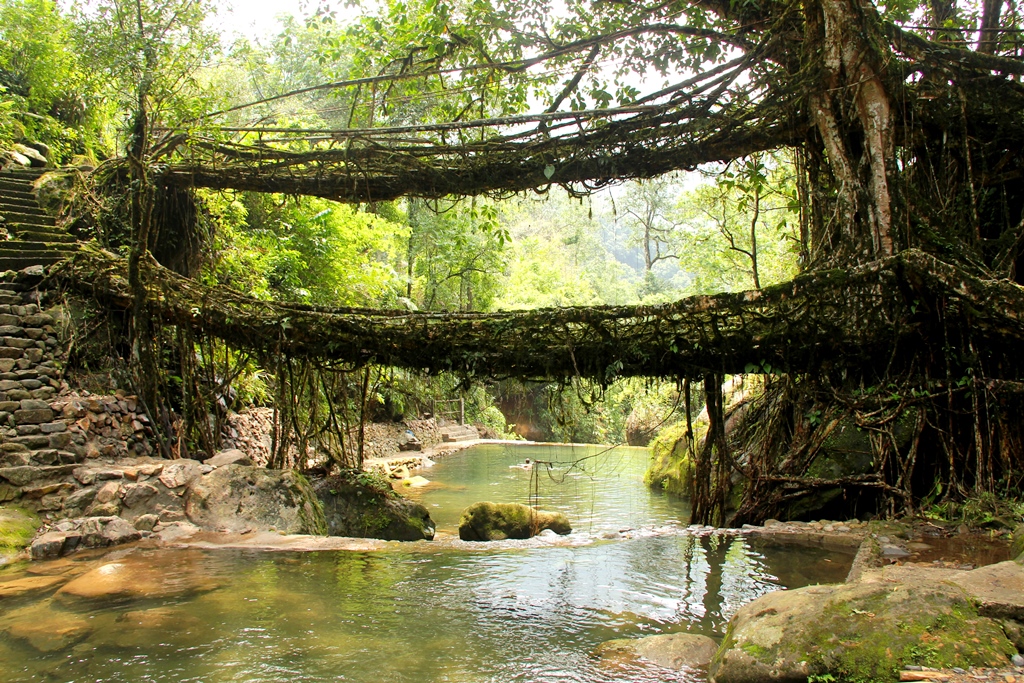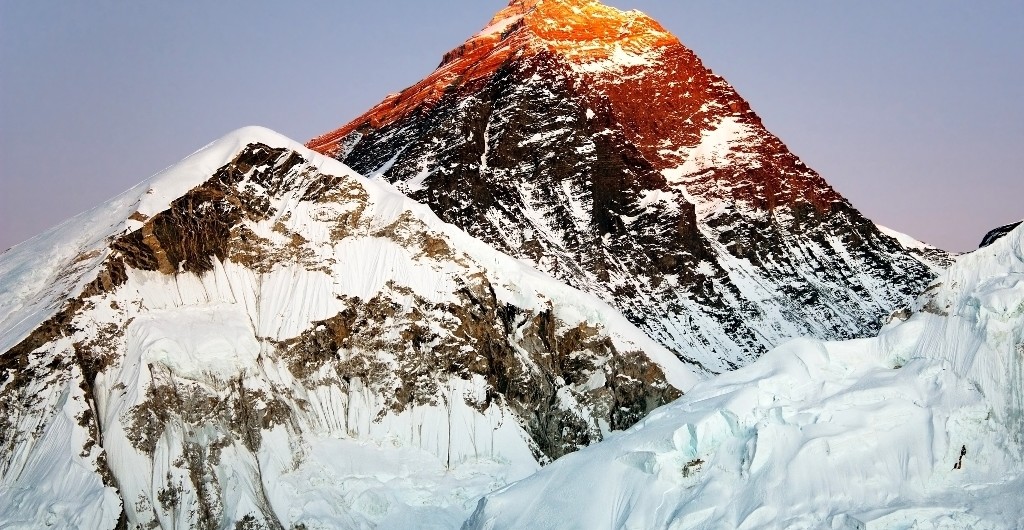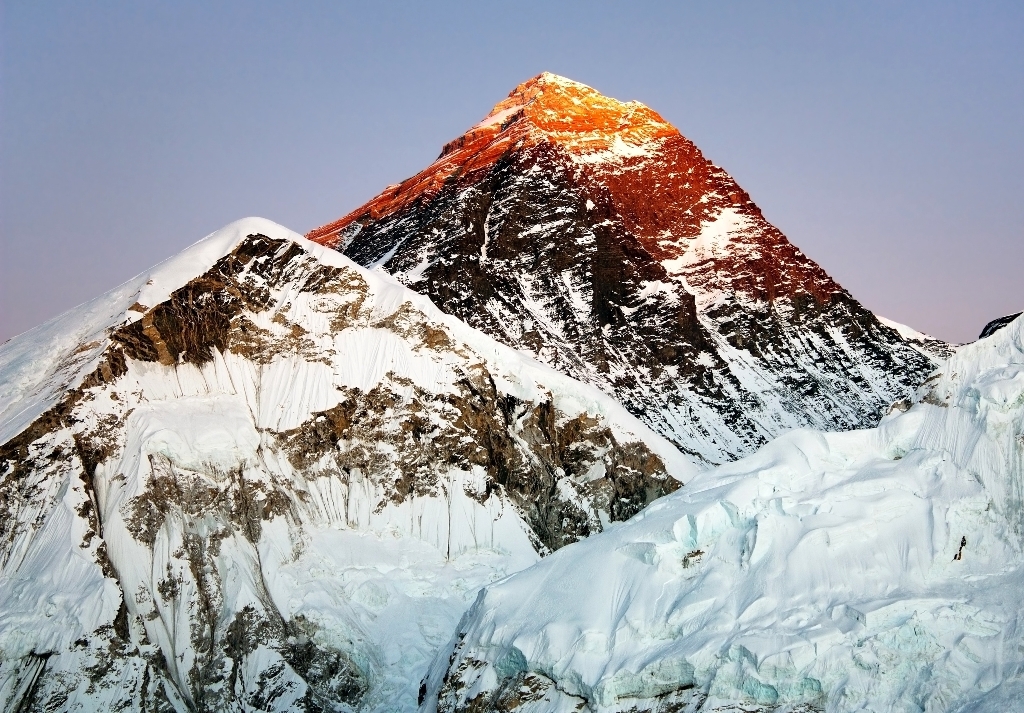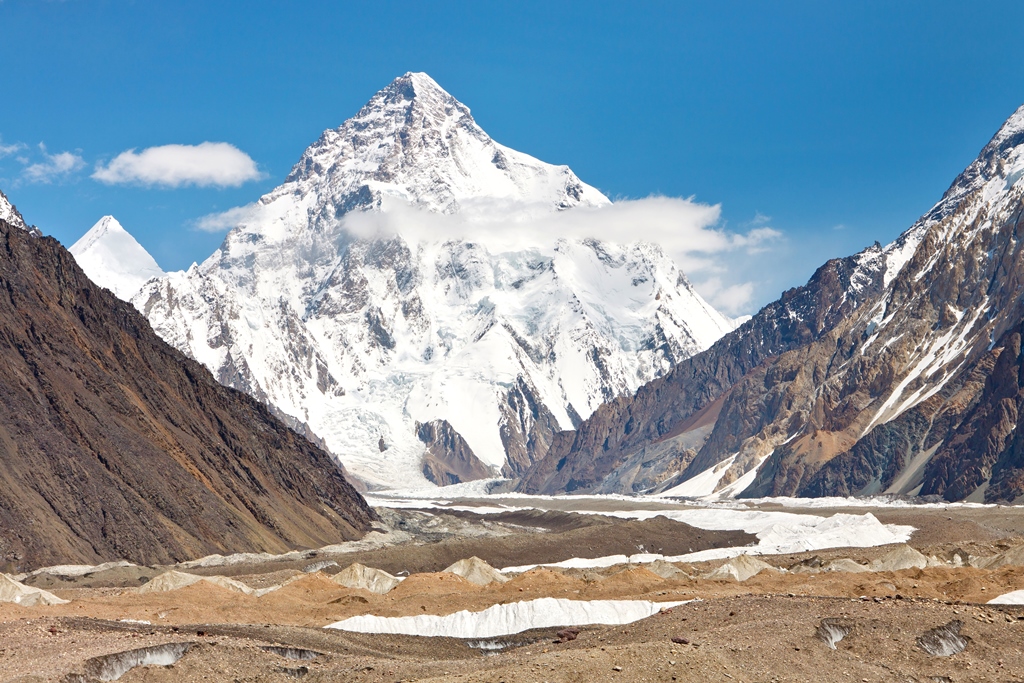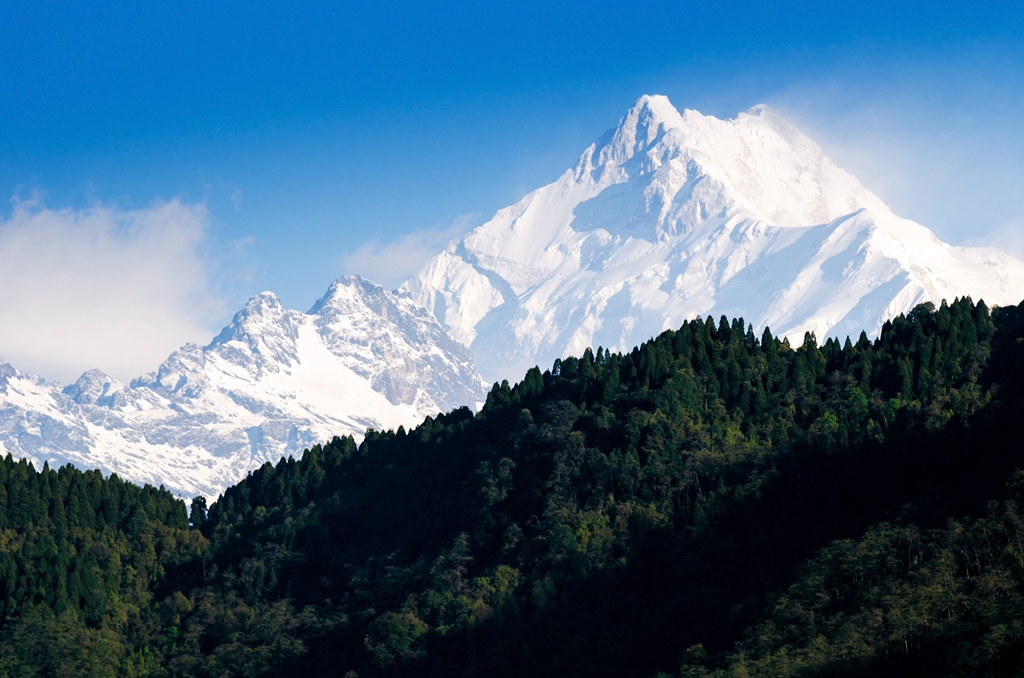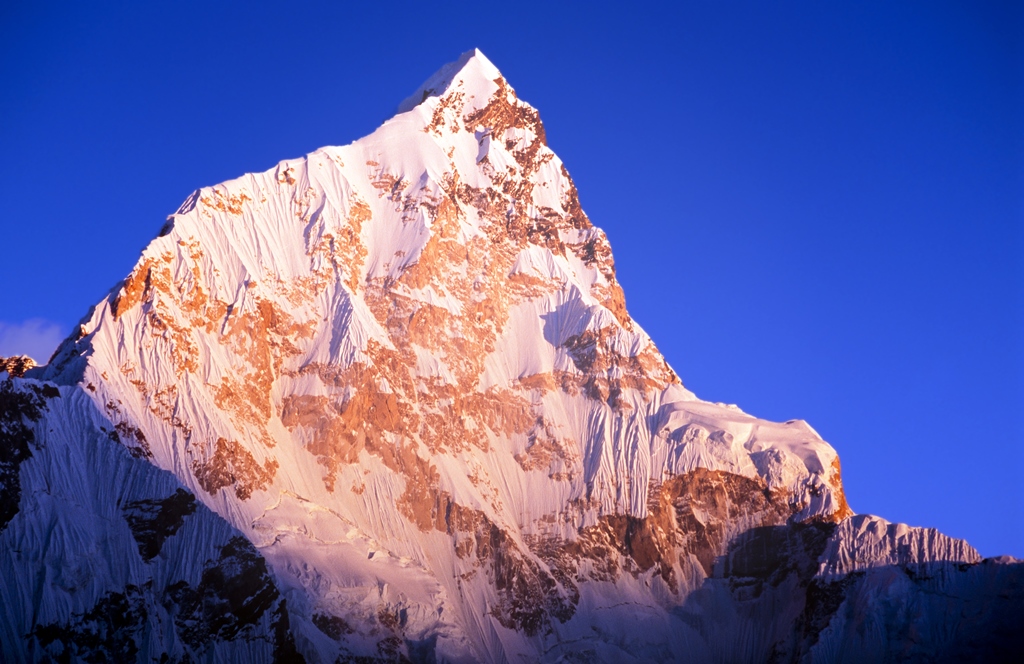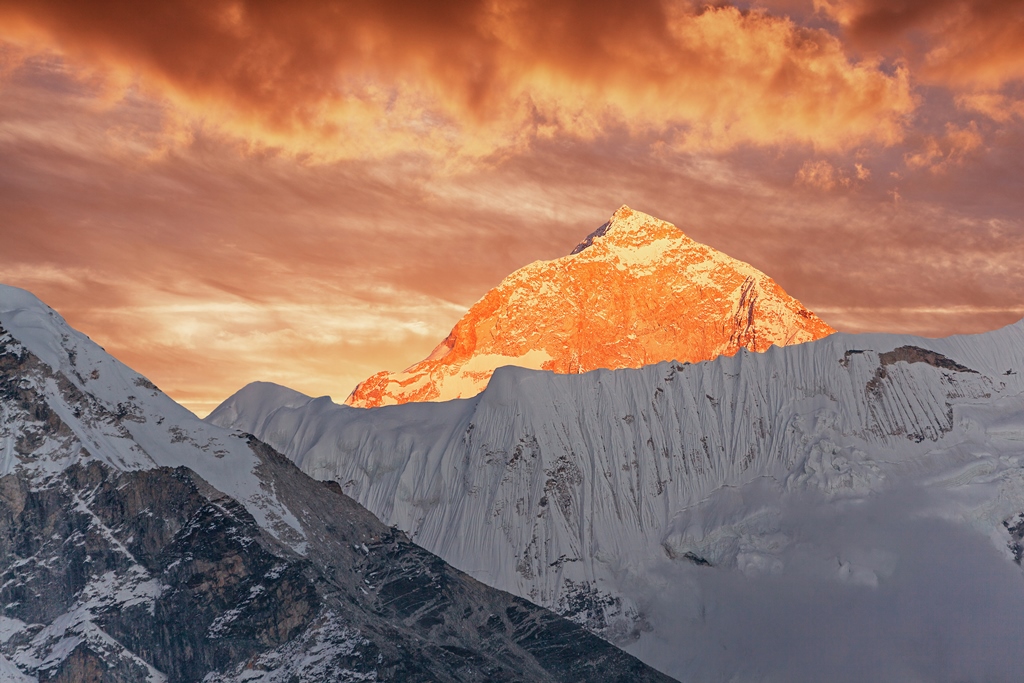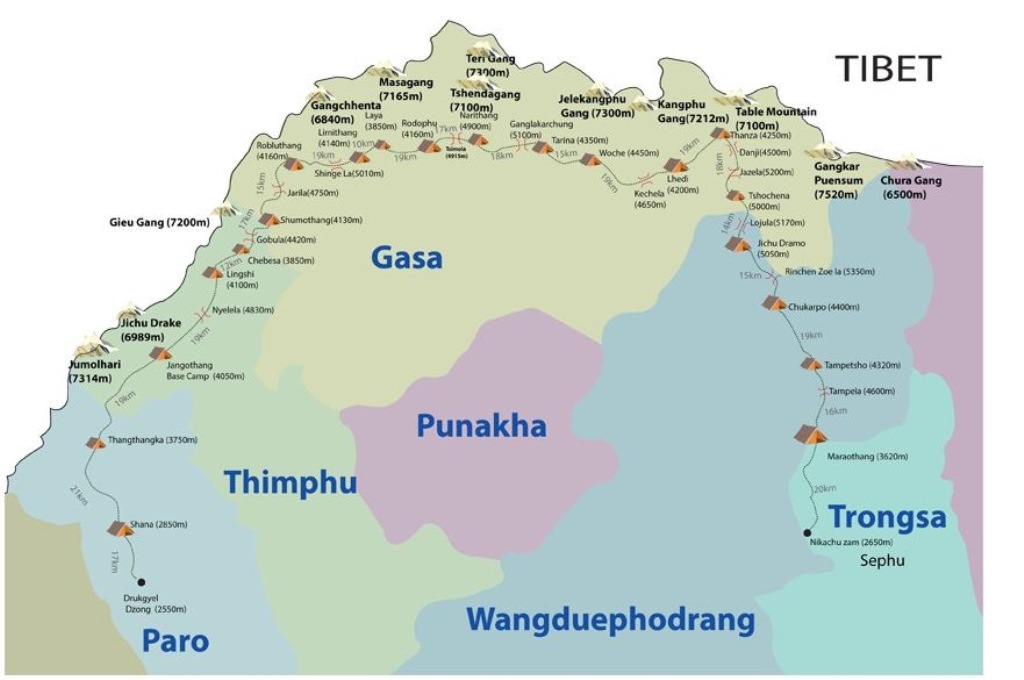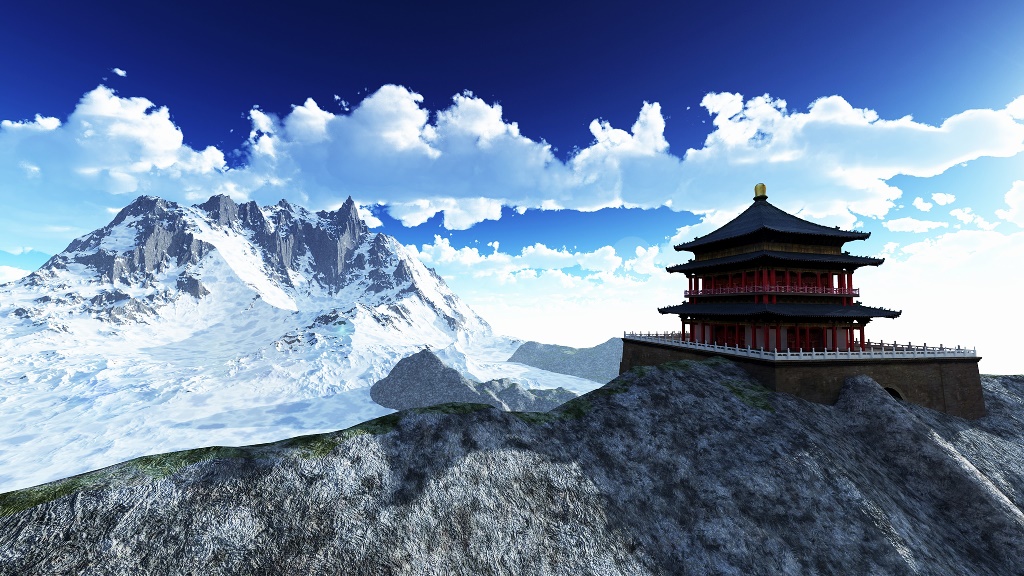Born on 17th January 1959, , Wg Cdr Amit Chowdhury, VSM (Retd), developed an interest in adventure activities when he joined Jadavpur University in 1976 and went for a rock climbing course at Susunia Hills in West Bengal. Very soon he was climbing in the crags of Bankura and Purulia and pioneering some new routes in these areas. Besides doing a few trekking routes, he attended the Mountaineering Courses at HMI Darjeeling.

He went on to lead the very successful expedition to Mt. Jogin in Garhwal in 1980. In that expedition he climbed the hitherto virgin Mt. Jogin II. More interesting, however, was that the team managed to bag all three Jogin peaks (I, II and III), something that has never been done since then.
This marked the beginning of a very exciting and fulfilling adventure career. He trail-blazed several expeditions with the Jadavpur University Mountaineering and Hiking Club (JUMHC) and later after passing out and getting commissioned in the Indian Air Force in 1982. He went on to lead several expeditions from JUMHC and even mentored Baldev Kanwar who later went on to climb Everest and get the National Adventure Award.
Amit climbed extensively in the Himalayas to peaks such as Kamet (7756 m), Satopanth (7075 m), Jaonli (6632 m), Kedar Dome (6831m), and several other 5000 and 6000 m peaks such as Sudarshan Parbat, Deo Tibba, CB-53, CB-54, Manali, Ladakhi and Shitidhar. He has trekked and climbed in Nepal, French Alps, Avon and Dorset in England and the Caucasus mountains in Russia from 2010 to 2014.
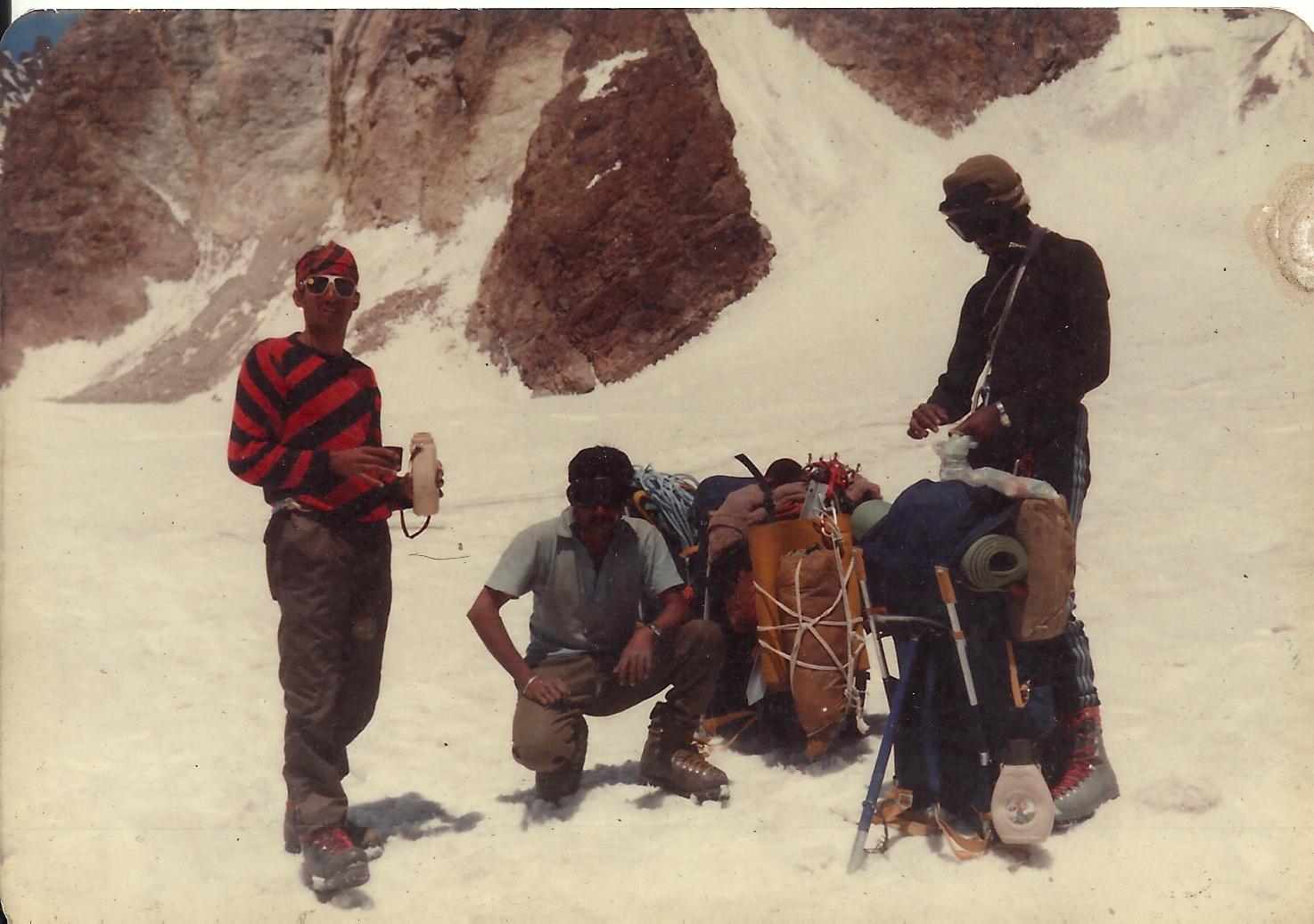
After he got commissioned in the IAF, Amit earned his para wings and took to Skydiving. He was one of the chief organisers of the 1st National Skydiving Championship. Besides Skydiving he was also active in the IAF Mountaineering Expeditions and went on to participate in mountaineering expeditions to Mt Satopanth, Mt Kamet from the West route, which was a joint expedition with the Royal Air Force. On this expedition, he was involved in the rescue of three colleagues from the top of the ridge which involved some 4000 feet of climbing on rock and ice. It took 16 hours to carry out this rescue.

